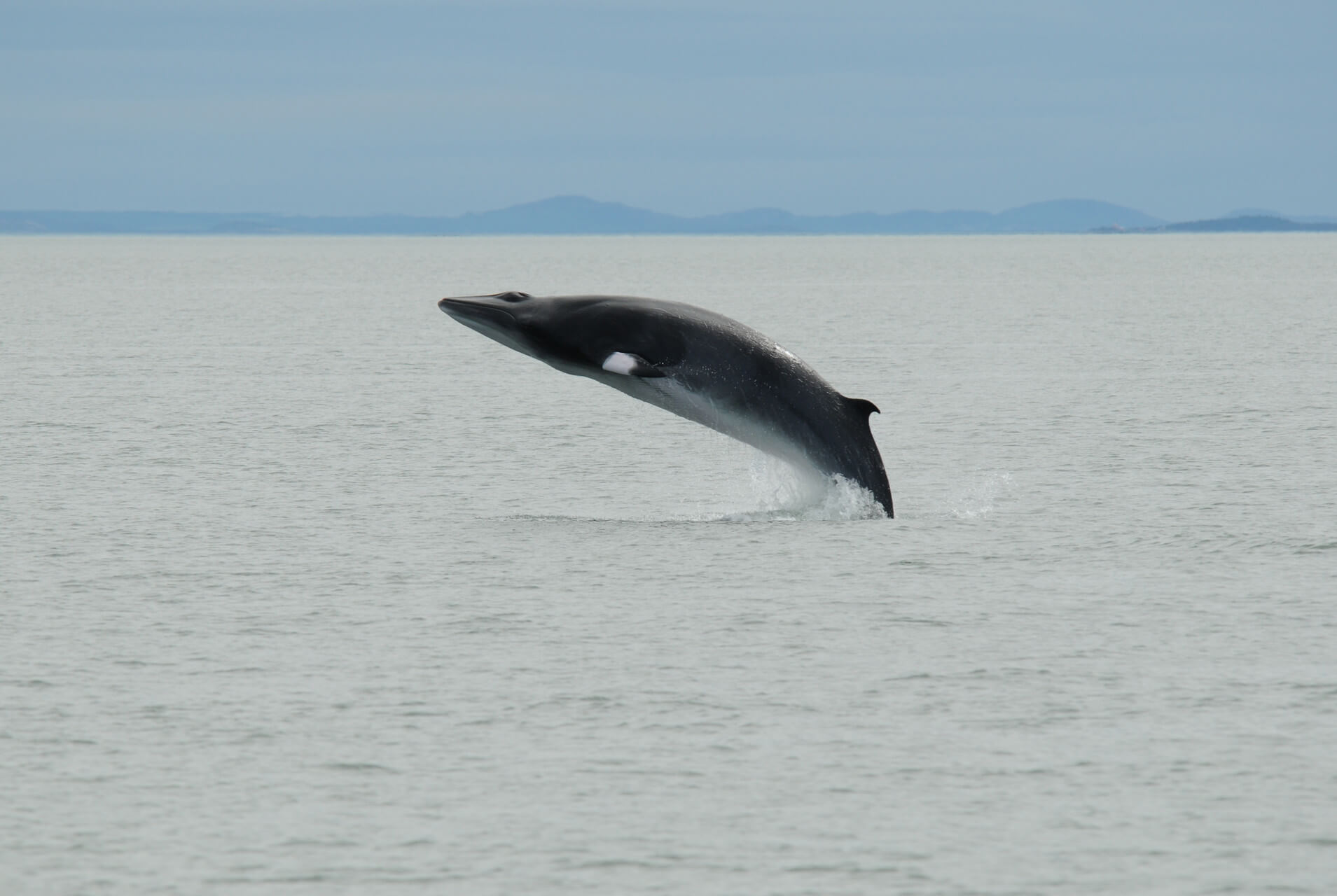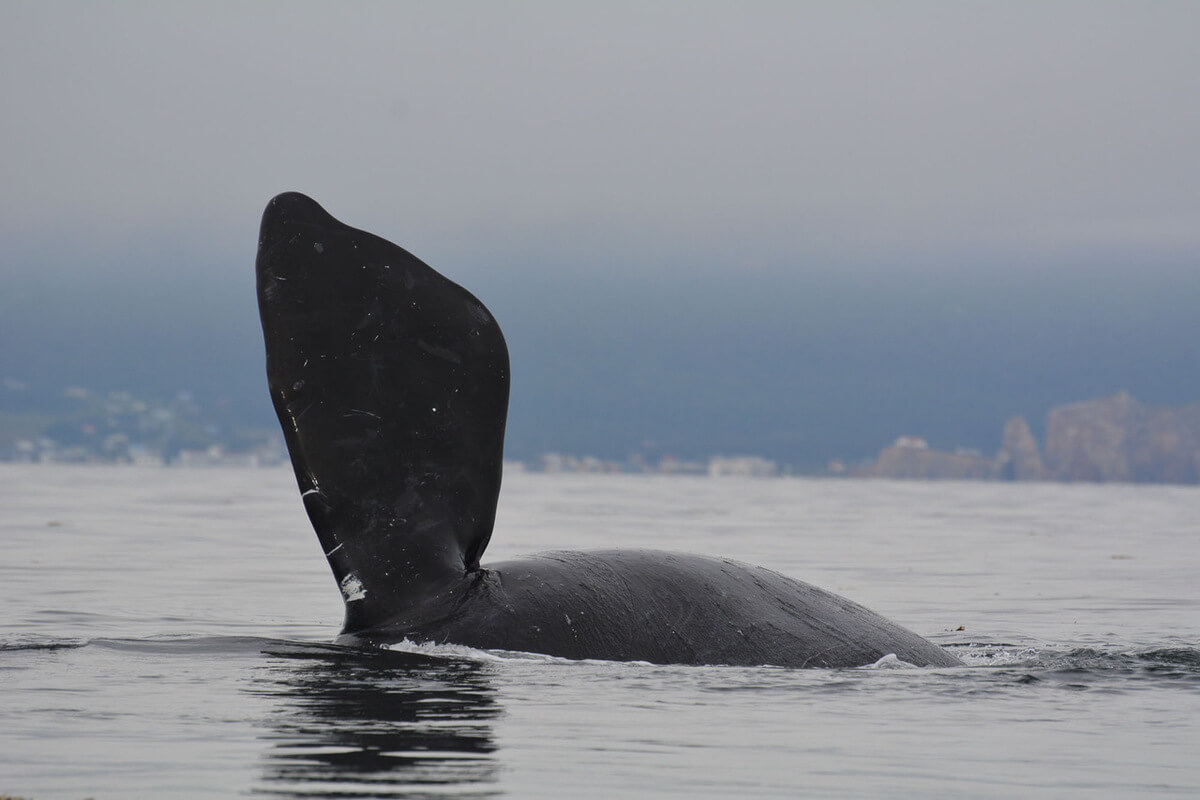By definition, taxonomy is a science aimed at studying the diversity of the living world. In this regard, organisms are classified into groups that take into account their physical and genetic characteristics. Today, Whales Online looks at the taxonomy of whales in order to understand what distinguishes the different families and species.
Time to brush up on our Latin!
The classification system used today was created by the botanist Carl Linnaeus in 1757. The system ranges from the most general to the most specific, where each rank fits into the previous one. Taxonomic classification has 8 levels: domain, kingdom, phylum, class, order, family, genus and species. Suborders and subfamilies sometimes slip between these ranks. This classification system helps to better understand how different species are related to each other.
The names used in taxonomy come from Greek or Latin, hence the difficulty of reading and pronouncing them. However, the use of these two languages allows for a universal understanding by scientists around the world. Binomial nomenclature is used to generate the scientific name of a species. In other words, the scientific name of a given species consists of two parts: the name of the genus to which the species belongs, followed by the specific name assigned to it. For example, the lion belongs to the genus Panthera and has the specific name leo, thus giving it the scientific name Panthera leo.
As for the taxonomic classification of whales, they are part of the animal kingdom (Animalia), which encompasses all animal species. Animals are characterized as being multicellular eukaryotes, which means they are made up of multiple cells, all of which have a nucleus. The other kingdoms are notably distinguished by the presence (eukaryote) or absence (prokaryote) of a cell nucleus, and by the number of cells (multicellular or unicellular). For example, the kingdom Bacteria includes unicellular prokaryotic organisms that are composed of a single cell devoid of a nucleus. Whales fall under the phylum Chordata, or organisms having the most basic form of an internal skeleton. Next, they belong to the class Mammalia, or mammals, then in the order Cetacea, which comprises mammals that live exclusively under water. Cetaceans are then classified according to whether they have teeth or baleen. Belugas, porpoises, dolphins, killer whales and sperm whales are all toothed cetaceans, and as such fall into the suborder Odontoceti. In contrast, baleen whales are part of the Mysticeti suborder. This suborder contains several families. Now is where it gets complicated!
Balaenidae
The family Balaenidae includes the baleen whales, formerly called “right whales.” This name dates back to the whaling period: The “right” whales were the larger, slower-moving ones, which made them easier targets for hunters. The species in this family are distinguished by the size of their baleen, which influences how they feed. Indeed, these species are said to be “skimmers,” meaning they move across the water surface with their mouths open to collect prey. In this family, four distinct species are classified into two genera. On the one hand, the genus Eubalaena includes the southern right whale (Eubalaena australis), the North Pacific right whale (Eubaleana japonica) and the North Atlantic right whale (Eubalaena glacialis). Only the latter is seen on occasion in the St. Lawrence. On the other hand, the bowhead whale (Balaena mysticetus) is the only species in the genus Balaena.
Balaenopteridae
The family Balaenopteridae includes those species of baleen whales that have ventral grooves. These ventral grooves allow them to ingest massive amounts of crustaceans and fish when they feed. These species are commonly called rorquals. Unlike right whales, rorquals are gulpers, meaning they collect a large quantity of prey and water as they rise toward the surface, after which they expel the water. These species also tend to show a longer, more streamlined build, as well as less body fat. This family contains many species, which are divided into two genera. First, the genus Megaptera comprises a single species, Megaptera novaeangliae, better known as the humpback whale. Then, the genus Balaenoptera includes the minke whale (Balaenoptera acutorostrata), the Antarctica minke whale (Balaenoptera bonaerensis), the sei whale (Balaenoptera borealis), Bryde’s whale (Balaenoptera edeni), Rice’s whale (Balaenoptera ricei), the blue whale (Balaenoptera musculus), Omura’s whale (Balaenoptera omurai) and the fin whale (Balaenoptera physalus).
En savoir plus
- (2014) Prescott, J. and P. Richard. Mammifères du Québec et l’Est du Canada. (Canada). Éditions Michel Quintin, 3rd ed.
- (2009) Perrin, W.F., J.G.M. Thewissen and B. Wursig . Encyclopedia of Marine Mammals. (United States.) Academic Press, 2nd ed.
- (1997) Harrison, R. and M.M. Bryden. Whales, Dolphins, and Porpoises. (Canada). Éditions Bordas.








